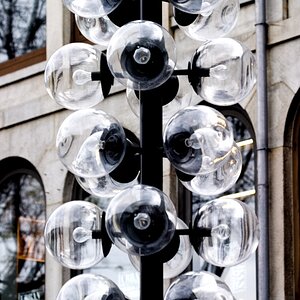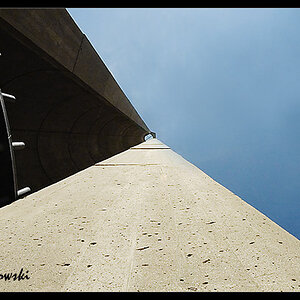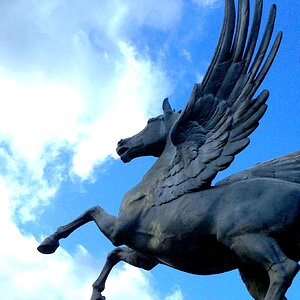seakritter
TPF Noob!
- Joined
- Aug 10, 2012
- Messages
- 347
- Reaction score
- 23
- Location
- North Florida
- Can others edit my Photos
- Photos NOT OK to edit
finefeather said:Oh wow.. Amazing work or a adorable stuff you share... thanks for sharing.
Thank you for your complement, I'm glad you enjoyed them. I can assure that it is all my work, not sure if that's what you meant by or a adorable stuff I share, but but I did want to be clear on this point.







![[No title]](/data/xfmg/thumbnail/36/36100-56ca0f8143ffca369fbf5f3dfe9cabd4.jpg?1619737343)





![[No title]](/data/xfmg/thumbnail/34/34039-a3bf38301d5ee5f8b658c43a86558500.jpg?1619736250)